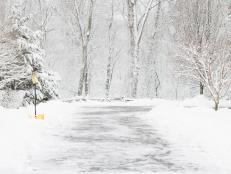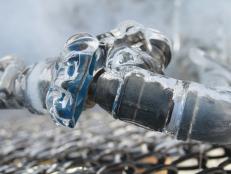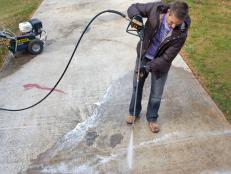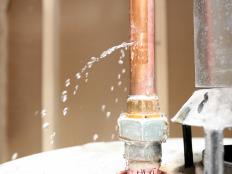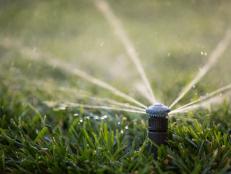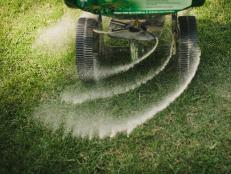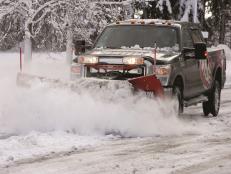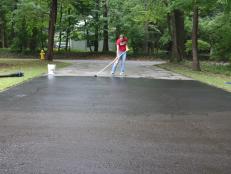13 Things to Know Before You Start Your Snowblower
You've invested in an expensive snowblower, make sure you know how to use it properly and maintain it so it lasts for winters to come.
I actually like to shovel snow — it’s a great workout. But when storm totals creep above five inches, I’m ready to swap my shovel for some gas power. When we purchased a new snowblower, we surveyed family and friends for their best tips on efficient snow blowing so when winter delivered a two-foot snowfall, we were ready to rev our engine and move some snow. Here’s what we were glad we knew, along with a few things we wish we knew.
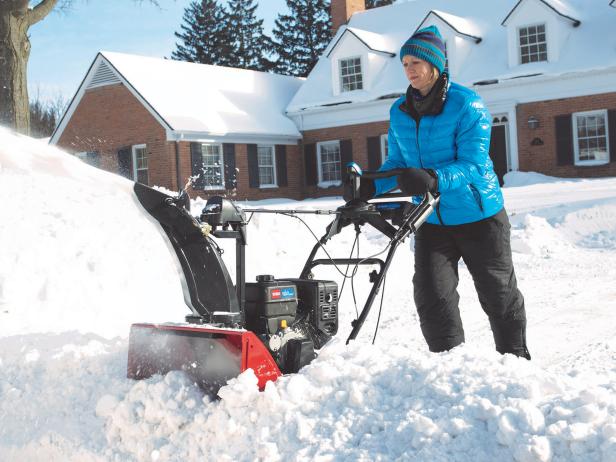
Toro at Toro.com
1. Buy Fresh Gas
Leftover gas from summer lawnmowing won’t cut it for snow blowing. In the winter, gas stations sell a more volatile blend, which means your snowblower will start quicker.
2. Add Fuel Stabilizer
Modern gas has a short shelflife. Old gas is actually one of the top reasons that small engines won’t start. Make gas last with a fuel stabilizer — but only add the prescribed amount. Too much, and the stabilizer gums up the snowblower carburetor. Too little, and gas gums up the carburetor.
3. Get Enough Gas
Blowing through deep snow burns fuel quickly. Our small one-gallon gas can is enough for summer mowing, but we find we need a larger gas can to keep the snowblower going, especially when the big storms hit.
4. Clear Obstacles
Before the snow starts, scout your snow blowing area for objects that could jam the auger: frozen newspapers, holiday light or extension cords, a dog cable, rocks or garden hose. If stone mulch borders an area you snow blow, mark the edges so you don’t accidentally move into the gravel. In regions with heavy snowfalls, insert markers into the soil before it freezes.
5. Adjust Height
Skid shoes (also called skid plates) control how close the auger comes to snowy surfaces. Double-check these prior to cold weather. If a skid shoe becomes cracked or worn, replace it.
6. Plan Your Attack
Think about the pattern you’ll follow to move the snow to where you want it. We tackled our first snow blowing during a windy blizzard, so we quickly learned to work with the wind. The best place to blow snow is onto your lawn. Avoid blowing it too close to the house, and don’t forget to clear a spot near the end of the driveway for placing garbage cans.
7. Harness the Sun
Time snow blowing to take advantage of solar power. Our driveway gets morning sun, so we try to clear snow before the sun gets too high in the sky. That way, the sun melts any remaining snow and gets us to bare concrete — and safer footing — that much sooner.
8. Keep Snow Moving
Prior to starting the blower, spray silicone spray on the chute, auger and other parts that come in contact with the snow. This helps prevent wet snow from sticking to the blower and keeps it moving through and away from the machine. This spray is especially helpful with heavy, wet snow.
9. Start Your Engine
Always start the engine outside or just inside an open garage door. An electric starter makes it easy to fire up the engine without pulling. For electric starts, keep a properly rated extension cord handy. We didn’t realize this for our first start. Our cords hang on a pegboard on the wall opposite from where we store and start the snowblower. With two cars crammed in the garage, traversing from snowblower to extension cords offered an intense obstacle course. Now when snow is in the forecast, I move a cord over near the snowblower to make starts easy.
10. Get Out Early
If the forecast predicts large storm totals, start blowing before snowfall finishes. This saves gas and wear on your machine because blowing small amounts is easier. If you clear the driveway before the plows come through, take time to blow snow along the road edge heading toward your driveway to reduce what the plow will deposit.
11. Work as a Team
When dealing with deep snow or a tall plow lump, I knock down snow with a shovel so my husband can easily throw it with the snowblower. I love a bent-handle snow shovel for moving snow, but that bend doesn’t provide the necessary downward force for knocking down deep, cold-hardened snow. Use a shovel with a straight handle for best results.
12. Clean Up After
After shutting off the engine, grab a broom to whisk snow off the blower. Use a clean-out tool or something similar to remove any snow from the chute. Knock snow off outside to avoid a wet and slippery garage floor. Remove snow around the base and top of the chute so it doesn’t freeze into position.
13. Invest in a Boot Dryer
With those tips, you’ll learn how to run a snowblower in no time. One last tip that's part of our snowblower routine relates to dressing for the weather: Buy a boot dryer. In areas with frequent heavy snowfalls, a boot dryer pays for itself in the first storm. It means you can head out, blow snow for Round 1, come inside to warm up, dry your boots and gloves, and have toasty, dry gear to put on when you head out again.
11 Dreamy Ways to Spend an Adult Snow Day
When it comes time to trade your snow boots for slippers.










